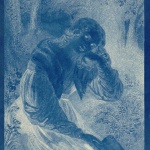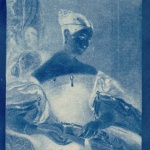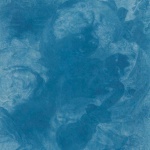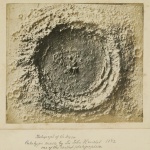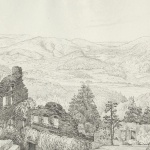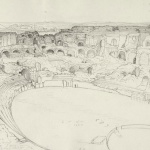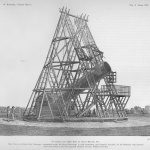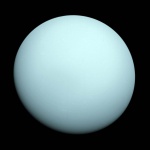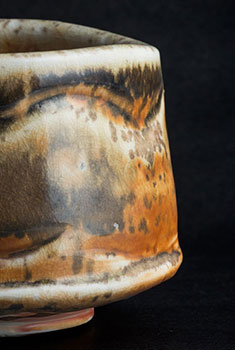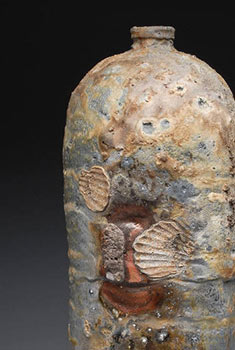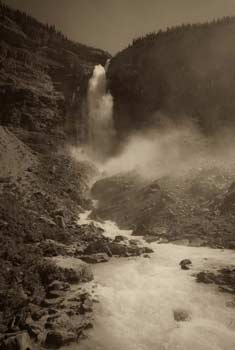- Ceramics
- Artist Pages
- Asian Ceramics & Tea
- Ceramics Artist Links
- Ceramics Links
- Ceramics Terms Glossary
- Agateware
- Banding Wheel
- Bat, Throwing Bat
- Bisqueware, Biscuit Ware
- Blistering
- Blow Up
- Boat Anchor
- Calipers
- Carbon Coring, Black Coring
- Carbon Trap
- Chuck, Chum
- Coil
- Colorants
- Crazing
- Downdraft Kiln
- EPK, Edgar Plastic Kaolin
- Electric Kiln
- Extrusion, Extruder
- Fettle, Fettling Knife
- Force Dry
- Greenware
- Kaolinite
- Kilnsitter
- Overglaze
- Pinholing
- Plucking
- Pug Mill
- Pyrometric Cones
- Raku
- Rib
- Sgraffito
- Shelf Of Shame
- Slab Roller
- Slip
- Test Tile
- Knowledge
- Frequently Ignored Answers
- Photography
- Photographers
- Photo Links
- Raw File Converters
- Camera Simulators
- Color Vision Games
- Frequently Ignored Answers
- Resources
- Contact
John Herschel
English
1791 , d. 1870
Sir John Frederick William Herschel was an 18th Century English super-polymath genius from a super-polymath genius family. His father William Herschel (Frederick William Herschel) was the guy who pointed a big-(gl)ass telescope at the sky and discovered Uranus - along with a million other celestial things with his sister Caroline Herschel. William also did little things like write symphonies on the side. John Herschel, along with all his own work in astronomy, mathematics etc., was interested in the properties of light. Some of his contributions to photography include:
- In 1819 he discovered that hyposulfite of soda could dissolve photosensitive silver salts, a process needed to render photographic images permanent that others struggled to find. Herschel shared his findings with William Henry Fox Talbot and Louis Dageurre when the need for the process became evident. Today, though we use different chemicals to "fix" or make permanent our images, we still often refer to the chemical as "hypo".
- He created the cyanotype process to reproduce notes and diagrams as "blueprints", a process that was still used into the 20th century, and that his friend Anna Atkins and others also used for photography.
- He coined the terms "positive" and "negative" in reference to photographic processes, "snapshot", and "photography" (along with Hércules Florence, a Frenchman in Brazil who also invented a photographic process, that no one heard of until way later).
- He played around with color image reproduction.
- Oh, and wait - in 1839 he came up with his own negative-positive process using sensitized paper independently of Talbot, but deferred to Talbot in publishing (John was as good and generous as he was smart). He was also the first to sensitize glass plates for use as negatives (which created sharper images than paper negatives).
Why didn't John just sit down and full-out invent photography himself, including color photography? Well . . . he was also and excellent draftsman who enjoyed drawing along with his wife Margaret - he didn't need to invent photography to render beautiful images. He was only interested in the science of light.
Resources
- SAO/NASA Astrophysics Data System (ADS)
- University of Oxford Museum of the History of Science (say that three times fast)
- Getty Museum
- Museum of Photographic Arts



